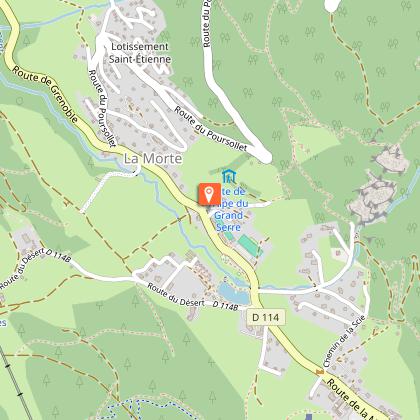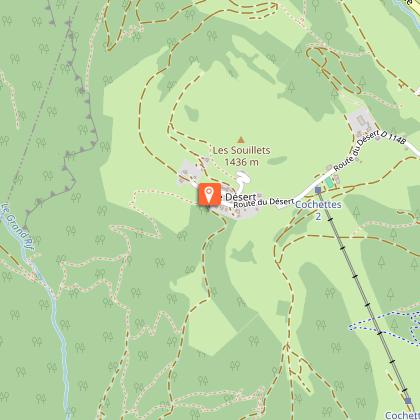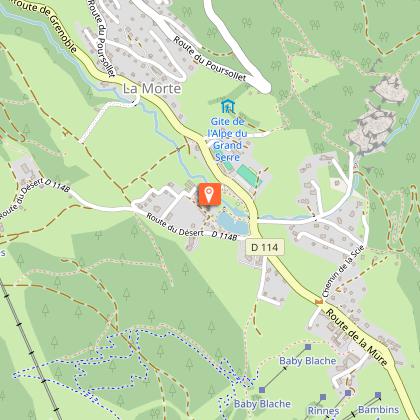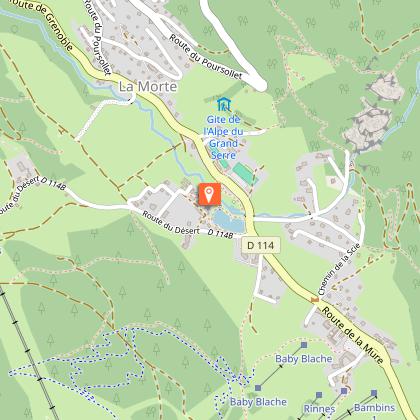Alert
Alerts
Souillets Pram-walk




IGN cards
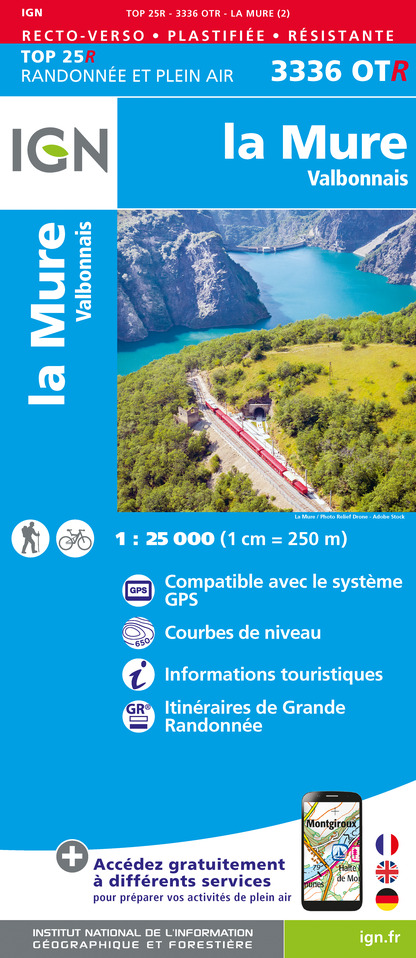
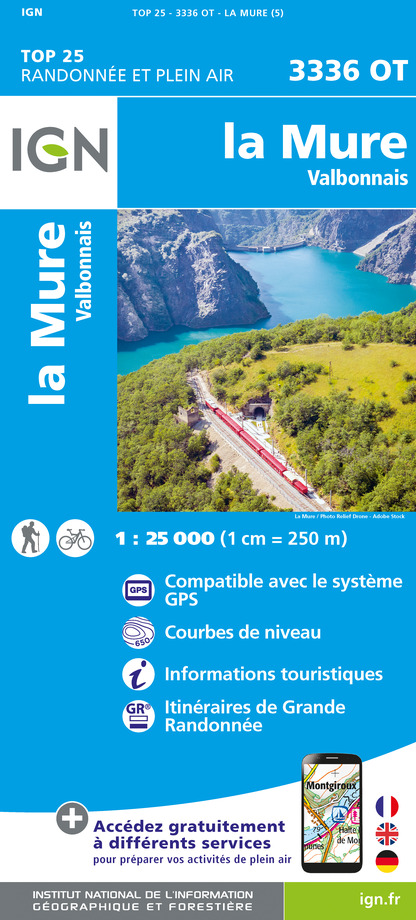



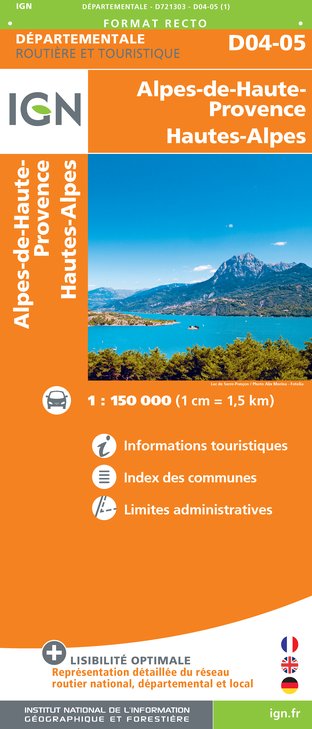


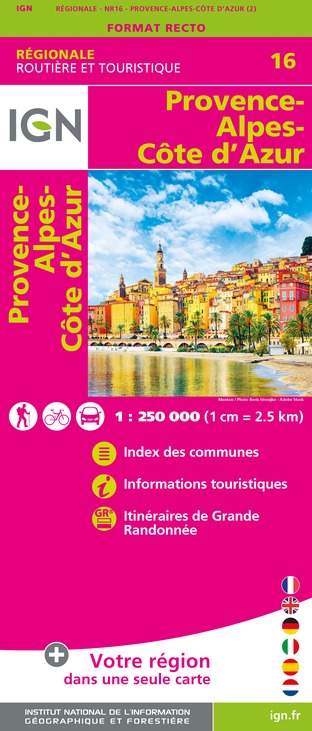
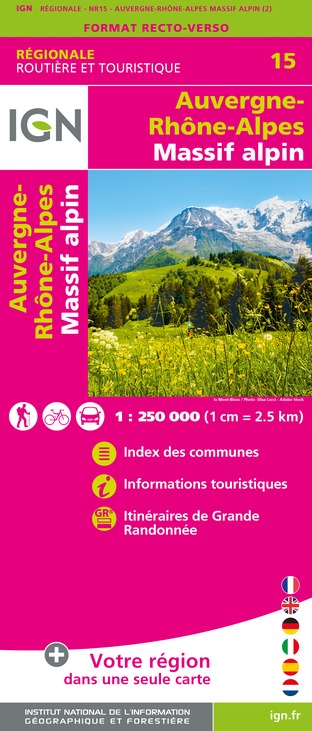

Description
A short and easy walk that will let you effortlessly discover the hamlet of Le Désert, along with breathtaking views of the surrounding mountain ranges.
A walk accessible with an all-terrain stroller (AT stroller).
Route:
Start from the parking area in the center of the resort. Walk towards the “Route du Désert” to reach the beginning of the loop after about 200 meters. There you’ll find signage for “Le Désert.” Follow this path through the meadows until you pass in front of the Grand Rif goat farm. Take the path that climbs to the left into the forest and continue until you reach the hamlet of Le Désert. Enjoy the stunning panoramic view. Then follow a short section of road to the Cochettes ski lift, pass under the lift’s departure station, and take the dirt path that leads back down to the resort.
Please note:
The section just after the goat farm can be tricky with a stroller. You may need to carry it for about 50 meters.
Technical Information
Altimetric profile
Starting point
Points of interest
Additional information
Environments
Forest location
Mountain view
Mountain location
Lake 5 km away
Village 2 km away
Close to GR footpath
Waterside
Updated by
Matheysine Tourisme - 24/11/2025
www.matheysine-tourisme.com/
Report a problem
Open period
From 01/06 to 30/09 daily.
Subject to favorable weather.
Contact
Phone : 04 76 56 24 72
Email : ags@matheysine-tourisme.com
Website : https://www.matheysine-tourisme.com/fr/alpedugrandserre/
Facebook : https://www.facebook.com/alpedugrandserre/
Type of land
Ground
Suitable for all terrain strollers
Animals
Yes
Data author

